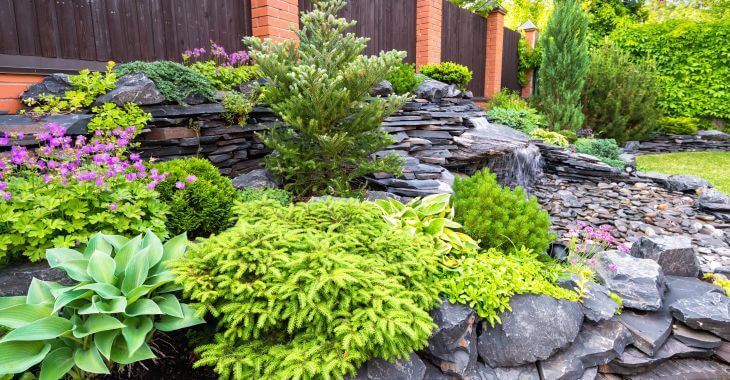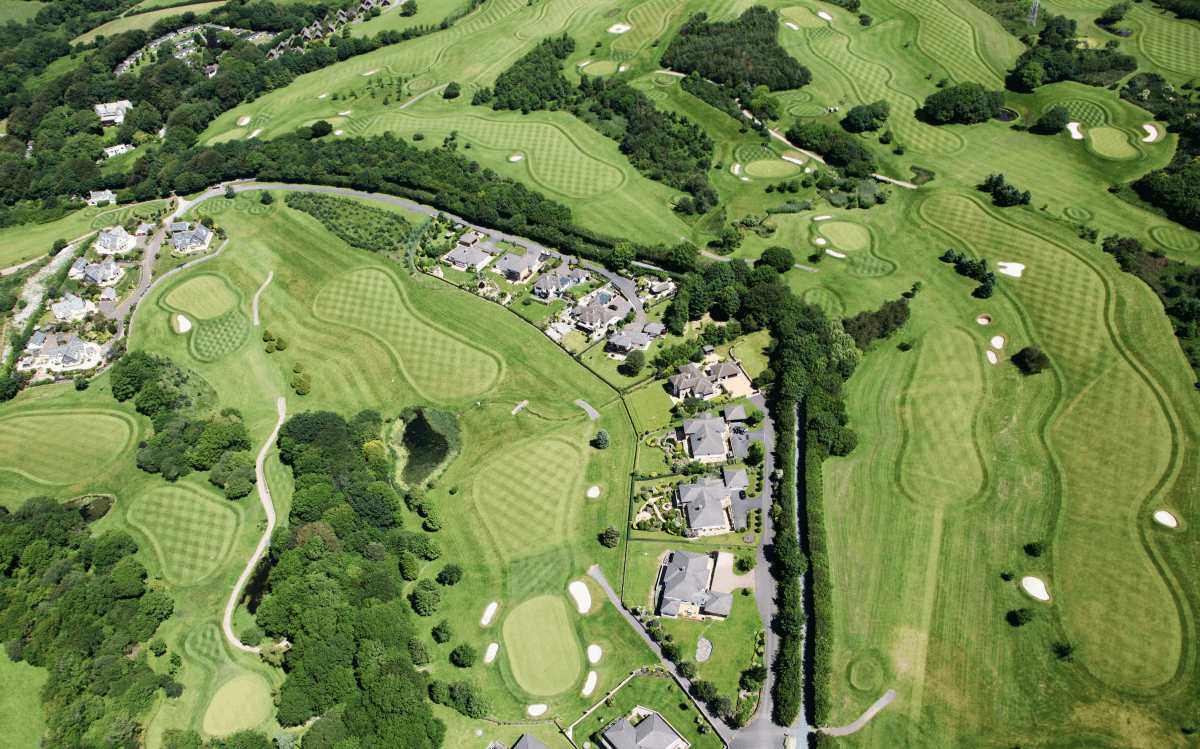Some Ideas on Landscapers You Need To Know
Some Ideas on Landscapers You Need To Know
Blog Article
Some Known Details About Landscapers
Table of ContentsFascination About LandscapersIndicators on Landscapers You Should KnowNot known Factual Statements About Landscapers The Facts About Landscapers UncoveredIndicators on Landscapers You Need To Know7 Easy Facts About Landscapers Explained
- A garden feature where water is stood for by an accumulated rock product, normally a crushed rock or granite. These are most commonly found in contemporary and Japanese yard layout.- A stone or flagstone outdoor patio, course, or pathway constructed without a concrete base. The base would certainly be compacted gravel and the joints would be an aggregate or walkable ground cover. - A rock maintaining or totally free standing wall built without the use of mortar. - A below ground framework that collect water and permits it to reduce percolate right into the dirt around it.
Landscape design that is suitable with a websites' atmosphere in both look and sustainability without negative impacts to the setting. Edging in the landscape is a line of separation that produces aesthetic passion in the garden by dividing one sector from another section.
Areas can additionally have a sensation of "room" given by trees, other plantings, fences, or screens. The landscape near the access to a structure. A tree, hedge or vine, educated to expand on a wall or fence into a specific pattern. Especially helpful for fruit trees, making it simple to collect the fruit and including mess.
All about Landscapers

The component in a landscape style or location in a landscape that is meant to be most popular. The prime focus can be a plant, boulder, statuary, gathering room, or other landscape function. A style of yards or yard elements that stress straight lines, appropriate angles and circles. Bushes or shrubs found in beds near the structure of a home or various other structure.
:max_bytes(150000):strip_icc()/GettyImages-154046398-c39f1daf45a84601b328d78ed8630660.jpg)
The Main Principles Of Landscapers
Rock item, either rounded or fractured, that is fairly tiny- normally 1" or less. Reduced plants that are allowed or urged to spread over an area. Can describe any kind of "tough" garden elements including statuary or boulders yet most generally is utilized to refer to courses, outdoor patios, and walls.: Height difference between the degree of water in a fish Get More Info pond (or the degree of the pump if it sits outside the fish pond) and the top outlet of water which influences efficiency of the water pump in gph (gallons per hour). Dense shrubs or trees that develop a fencing, display, or limit.
Fencing boards that run flat, typically utilized in modern-day or Japanese-inspired landscape designs. Proper use of imaginary lines can assist the landscape feel attached to the home and various other components.
An even more loosened up garden controlled by rounded instead than straight bed lines and a much less inflexible structure. Traditional PNW landscapes are casual. A plant that spreads out greater than preferred, or into habitats where it does damages. Portland has a checklist of intrusive plants that need to not be mounted in landscapes because they can infect woodlands or rivers and be difficult to manage.
The 2-Minute Rule for Landscapers
Can include head positionings and protection, pipeline sizing, GPM specifications, and products required to install this system. Licensed professional who creates landscapes, educated in design and architecture as well as in cultivation.
The professional that prepares and creates landscape jobs, typically at a property or small industrial level with the significant layout motivation on growings. Landscape designers typically have much less education than Landscape Architects and are not certified. A finished landscape style, describing all elements for the new landscape. This usually takes the form of a drawing on paper.
Using several growings of the very same variety to fill up in an area in the landscape. This can lower maintenance and water usage in the yard.
A layer of garden compost or bark dirt applied at the base of a plant. A plant that was existing in a geographical place prior to people began transforming the landscape.
Little Known Questions About Landscapers.
Just how the read this post here garden or a garden component is organized in partnership to an existing or new feature or to an instructions. Lawns that are not mowed yet grown in landscapes as perennials.

Tiny round gravel. Plants that supply seasonal interest and after that die back in the wintertime. Annuals do not come back the adhering to season, yet perennials do. Winter lawn that is one of the most usual lawn lawn in Portland, OR and the remainder of the PNW.An open roofed framework over a patio or various other landscape function.
Basalt aggregate varying in size from 1/4" down to dust. The most usual landscape gravel in the PNW. Location of the landscape created to take care of water until it can saturate into the ground. A chain that manages water as it takes a trip from a roofing system gutter to the ground. Garden framework that creates a growing area that is included and higher than the surrounding grade.
Developing a garden about his function consisting mostly of rocks with growings that complement and can thrive in the rocky setting. Lawn sprinkler head style that rotates a stream of water across an area.
The smart Trick of Landscapers That Nobody is Talking About

Report this page